Contents
Guide

A Relentless Threat
A Relentless Threat
Scholars Respond to Teens on Weaponized School Violence
Edited by
Kjersti VanSlyke-Briggs
Elizabeth A. Bloom
ROWMAN & LITTLEFIELD
Lanham Boulder New York London
Published by Rowman & Littlefield
An imprint of The Rowman & Littlefield Publishing Group, Inc.
4501 Forbes Boulevard, Suite 200, Lanham, Maryland 20706
www.rowman.com
Tinworth Street , London , SE11 5AL , United Kingdom
Copyright 2021 by Kjersti VanSlyke -Briggs and Elizabeth A . Bloom
All rights reserved . No part of this book may be reproduced in any form or by any electronic or mechanical means, including information storage and retrieval systems, without written permission from the publisher, except by a reviewer who may quote passages in a review.
British Library Cataloguing in Publication Information Available
Library of Congress Cataloging-in-Publication Data Available
ISBN 9781475857665 (cloth : alk. paper) | ISBN 9781475857672 (pbk. : alk.
paper) | ISBN 9781475857689 (epub)
 The paper used in this publication meets the minimum requirements of American National Standard for Information SciencesPermanence of Paper for Printed Library Materials, ANSI/NISO Z39.48-1992.
The paper used in this publication meets the minimum requirements of American National Standard for Information SciencesPermanence of Paper for Printed Library Materials, ANSI/NISO Z39.48-1992.
I was in the dark with my classall under desks. I tried to compose my last text to my mom. We didnt know that it was a false alarm.Lina, age 12
Elizabeth A. Bloom
When much of the country shut down in the late winter 2020, sheltering in place for fear of contracting Covid-19, schools shuttered, and teachers and children pursued their teaching and learning from home. As winter turned to spring, a tweet, launched into the world by Washington Post reporter Robert Klemko on April 13, began making the rounds (). It proclaimed, Last month was the first March without a school shooting since 2002. Though the accuracy of this statement was debatable, the underlying truth was undeniable; schools were closed and the killing had stopped.
Since the Columbine tragedy shocked the nation in 1999, the ever-present threat of weaponized violence in schools, perpetrated by teen shooters, has cast a pall over every person who crosses the threshold of an American school. Is today the day? Will it be my last? Will I be able to contact my mother? Will I have the courage to fight back?
When we began this project, we solicited statements from middle and high school students about how they experience the threat of a school shooting in their daily lives. Their poignant reflections reveal young people grappling with the meaning of safety, love, and their identities as heroes or cowards. As teacher educators and mothers, ourselves, we wondered whether perhaps this was the right time to launch a conversation about the reality that our children, students, colleagues, and partners in K12 schools wrestle with every day.
This book represents the answer to that question and explores an educational landscape characterized by the imminent threat of weaponized school violence; where lockdown drills, hardened schools, and armed adults have become the norm. Efforts to effect policy change limiting access to firearms have fallen on a grassroots movement driven by those who have been most profoundly and tragically affected: the students and parents who have been its victims. All too often, without the power of their moneyed opponents, these ordinary citizen-advocates have been dismissed by elected officials as soon as the smoke clears from the latest shooting.
This volume provides a much-needed scholarly addition, from across disciplines, to understanding the problem of gun violence in U.S. schools. Our hope is to contribute to making common sense policy changes that reflect the will of the majority of Americans, and to stand in solidarity with the often-marginalized voices of grassroots activists.
As we undertook this project, we invited scholars from across a variety of disciplines to respond directly to the voices of students and teachers. We wanted to represent a variety of perspectives to explore the multifaceted complexities of the phenomenon of weaponized school violence. We asked our authors to choose and then respond to one of the personal statements that we had collected from students in grades 712. Each chapter begins and is written in response to the raw, unvarnished voices of young people who we have collectively failed to keep safe.
We begin this volume by contextualizing the tragic specter of deadly weaponized attacks in our public schools. In her chapter, Challenges and Prospects for Policymaking to Address Gun Violence, Gina L. Keel introduces the reader to the social and political contexts for policymaking in the halls of government, by providing an overview of the sometimes interlocking and conflicting influences of diverse activist constituencies, cultural forces, and institutional systems. Her comprehensive historical outline situates the current debate over gun rights policy and adds critical depth to our understanding of the sources of inertia that prevent substantive change from being enacted.
Given that, according to a recent Gallup poll, a bipartisan majority of Americans support some restrictions on citizens access to guns, Keel provides a clear explanation for how it can be that we havent gotten there yet ( https://news.gallup.com/poll/1645/guns.aspx ). She identifies gun violence as a wicked problem (i.e., what policy studies scholars describe as a social problem characterized by failure to reach consensus, even on its definition, and a consequent inability to develop, win support for, and implement policy to mitigate it).
Gun violence in the U.S. is especially wicked according to Keel because, as the history of gun control versus gun rights politics will show, it pits grassroots citizens with a powerfully compelling argument against a well-funded opponent deeply connected to the levers of political power. Like other social problems we face in the United States today, the solutions are hidden behind layers of obfuscation, manipulation, and posturing by our leaders.
Keels macro level discussion is followed by a chapter by Fatima Albrehi and Lukas Pelliccio who consider the intimate circumstances from which three teen shooters emerged and then examine the analogous factors that triggered each of their attacks. In Considering Ostracism Events as Precursors to School Shootings , Albrehi and Pelliccio examine three cases in which the perpetrators were subjected to ostracism, specifically romantic rejection, which catalyzed their decisions to exact vengeance on their victims. The authors provide a more nuanced analysis that complicates the familiar narratives on which media and policy makers generally focus, including access to firearms, mental illness, and bullying as the causes weaponized school violence.
Albrehi and Pelliccio propose that ostracism, a very specific type of bullying, in which individuals are unintentionally or purposefully ignored or shunned, can act as a devastating precipitating factor to acts of violence by teenage boys. Until now, the idea of ostracism as a catalyst has invited little attention among the public and has therefore been ignored in programs and policies aimed at prevention. With a more nuanced understanding of the phenomenon, strategies for targeting and then preventing root causes might be developed.

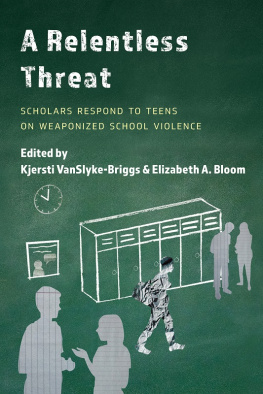
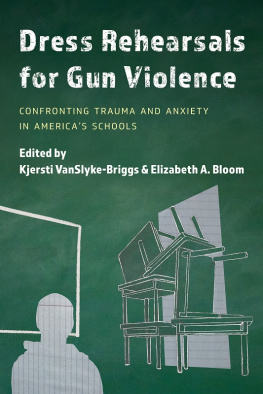
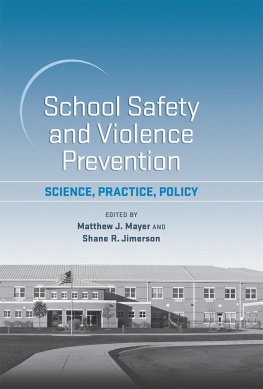

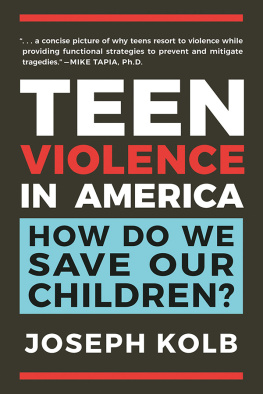

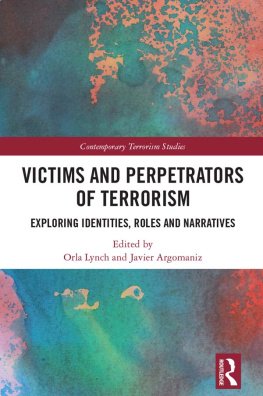
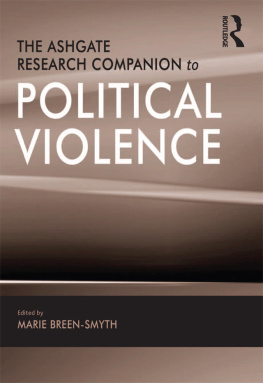

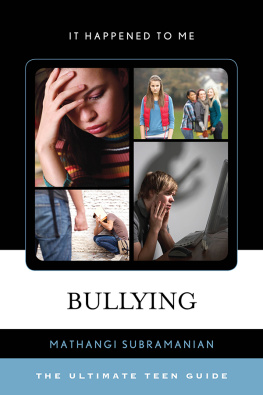

 The paper used in this publication meets the minimum requirements of American National Standard for Information SciencesPermanence of Paper for Printed Library Materials, ANSI/NISO Z39.48-1992.
The paper used in this publication meets the minimum requirements of American National Standard for Information SciencesPermanence of Paper for Printed Library Materials, ANSI/NISO Z39.48-1992.